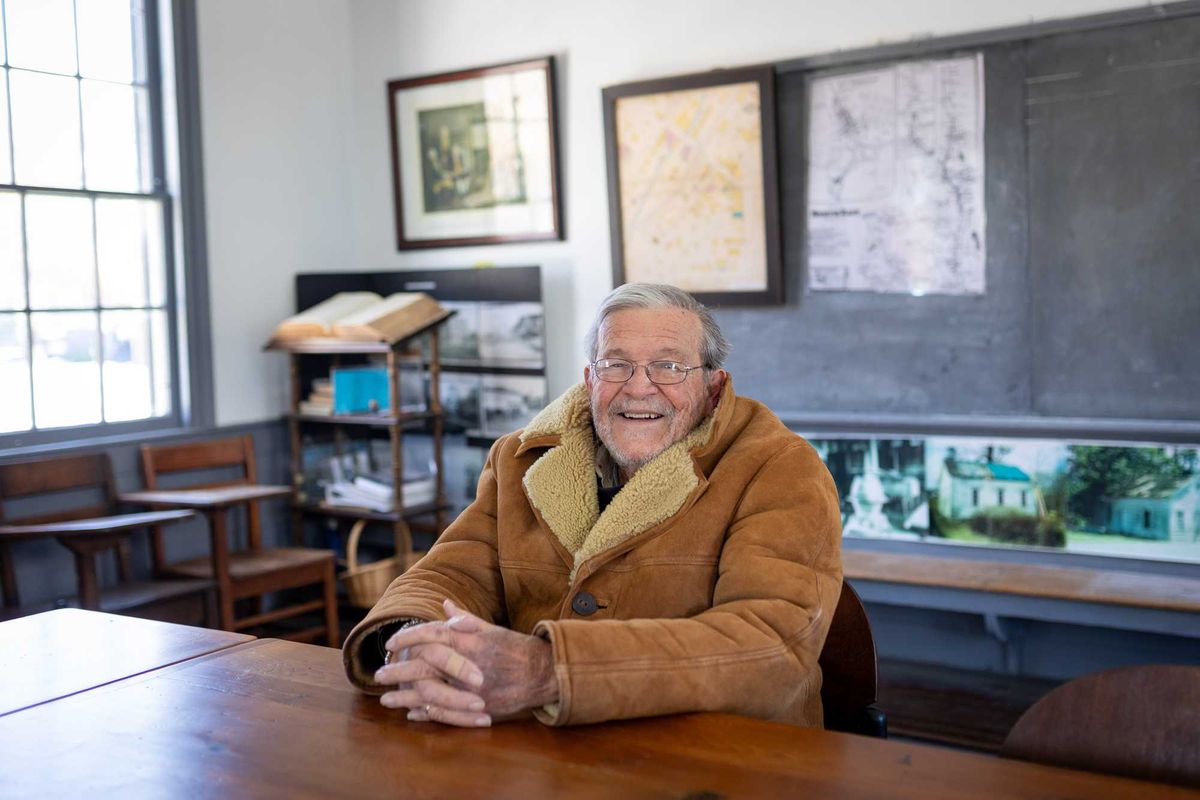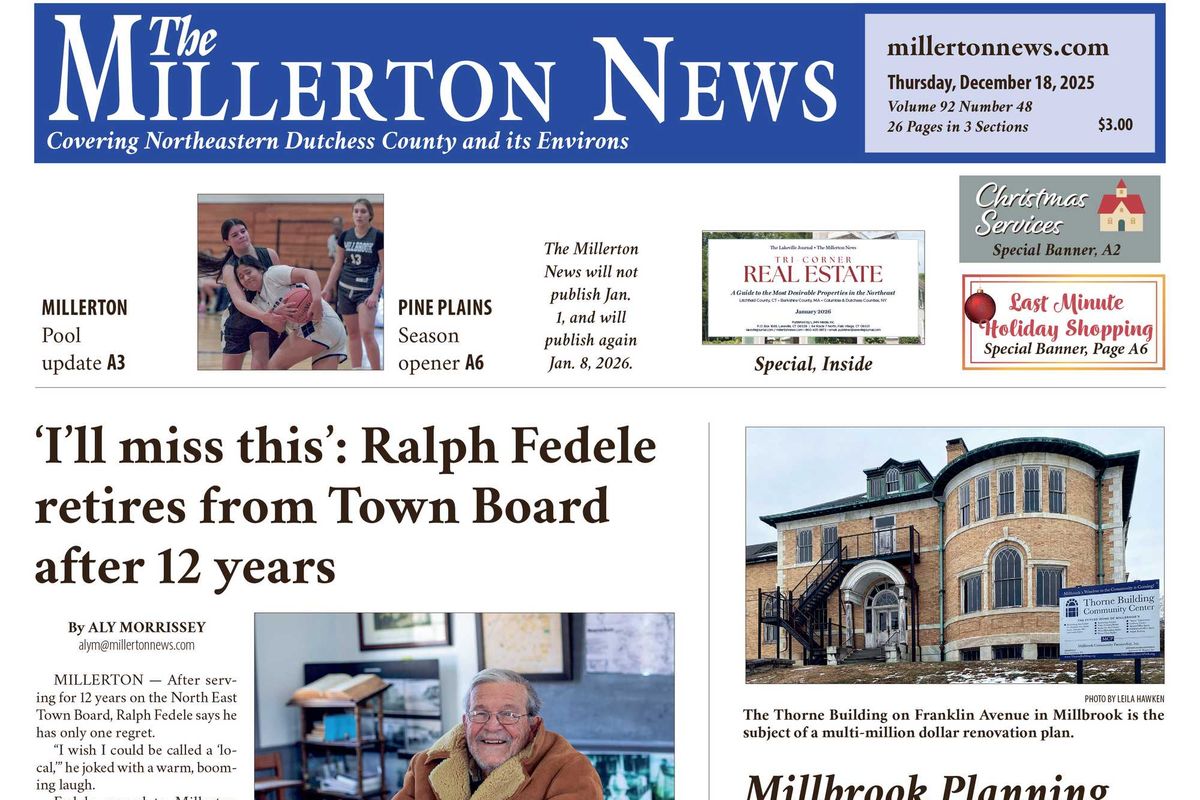Latest News
Mad Rose Gallery on Route 44 in the Village of Millerton is decked out with lights and decorations to celebrate the holiday season.
Photo by Aly Morrissey
MILLERTON — The Village of Millerton is inviting residents and businesses to enter its annual house decorating contest, with judging now underway through Dec. 28.
Awards will be presented in several categories, including Best Lights, Most Creative, Best Overall and Best Commercial Front.
Entries will be evaluated by a panel of judges using established criteria. Creativity will be judged based on originality, variety of materials used and the use of homemade vs. commercially made decorations. Appearance will consider color coordination, balance and overall attractiveness, while effort will reflect the time and energy put into preparation and presentation.
Judging will be conducted by drive-by observation between 6 p.m. and 11 p.m., and displays must be clearly visible from the street side of the house at night. People and pets may not be included as part of the design.
Winners in each category will receive a gift basket, gift certificates and recognition in The Millerton News. Awards will be distributed on Friday, Jan. 9, 2026.
The contest is open to residents and businesses in the Village of Millerton and the Town of North East. Entry forms can be obtained from Village Hall or at villageofmillerton-ny.gov.
Questions may be emailed to deputyclerk@villageofmillerton-ny.gov
Keep ReadingShow less
The Upstate Celtic Allstars perform celtic versions of holiday tunes at Amenia Town Hall on Dec. 15, 2024.
Photo by Leila Hawken
AMENIA — Fast becoming a local holiday tradition, the Amenia Town Recreation Department is presenting a free concert by the Upstate Celtic Allstars on Saturday, Dec. 20, at the Amenia Town Hall Auditorium, beginning at 2 p.m.
The five-member Celtic Allstars ensemble will rouse the audience to holiday cheer with a varied program of holiday tunes and rhythmic dance numbers. Appearing in the ensemble are Vermont’s Claudine Langille, vocals and banjo; Dave Paton, hammer dulcimer and concertina, Isa Simon, fiddle and vocals; Joseph Sobol, contemporary cittern (related to guitar); and Ambrose Verdibello, fiddle and guitar.
Refreshments will be served during intermission. Bring the whole family to revel in the lively festivities.
Keep ReadingShow less
loading















